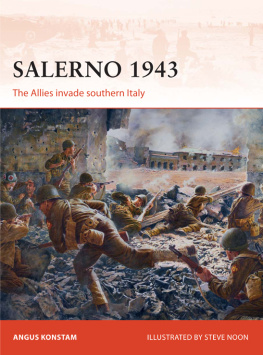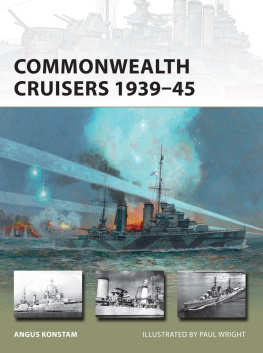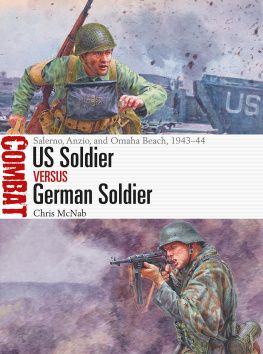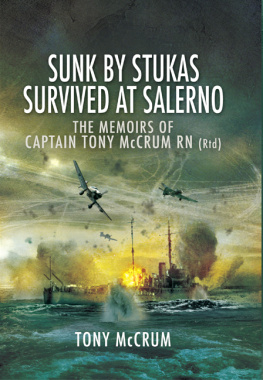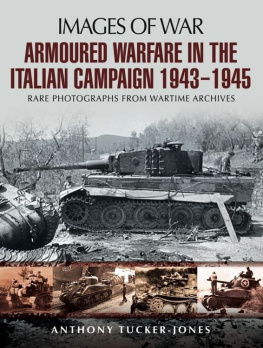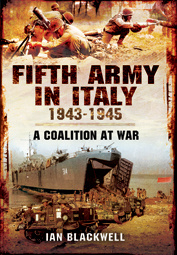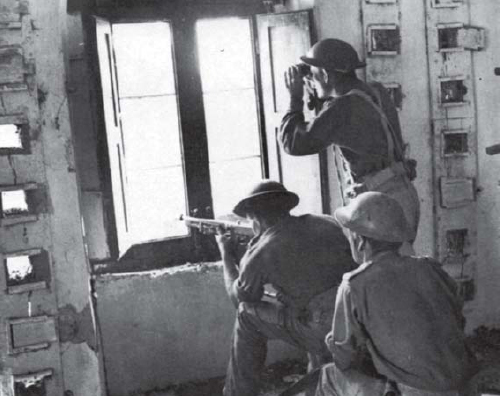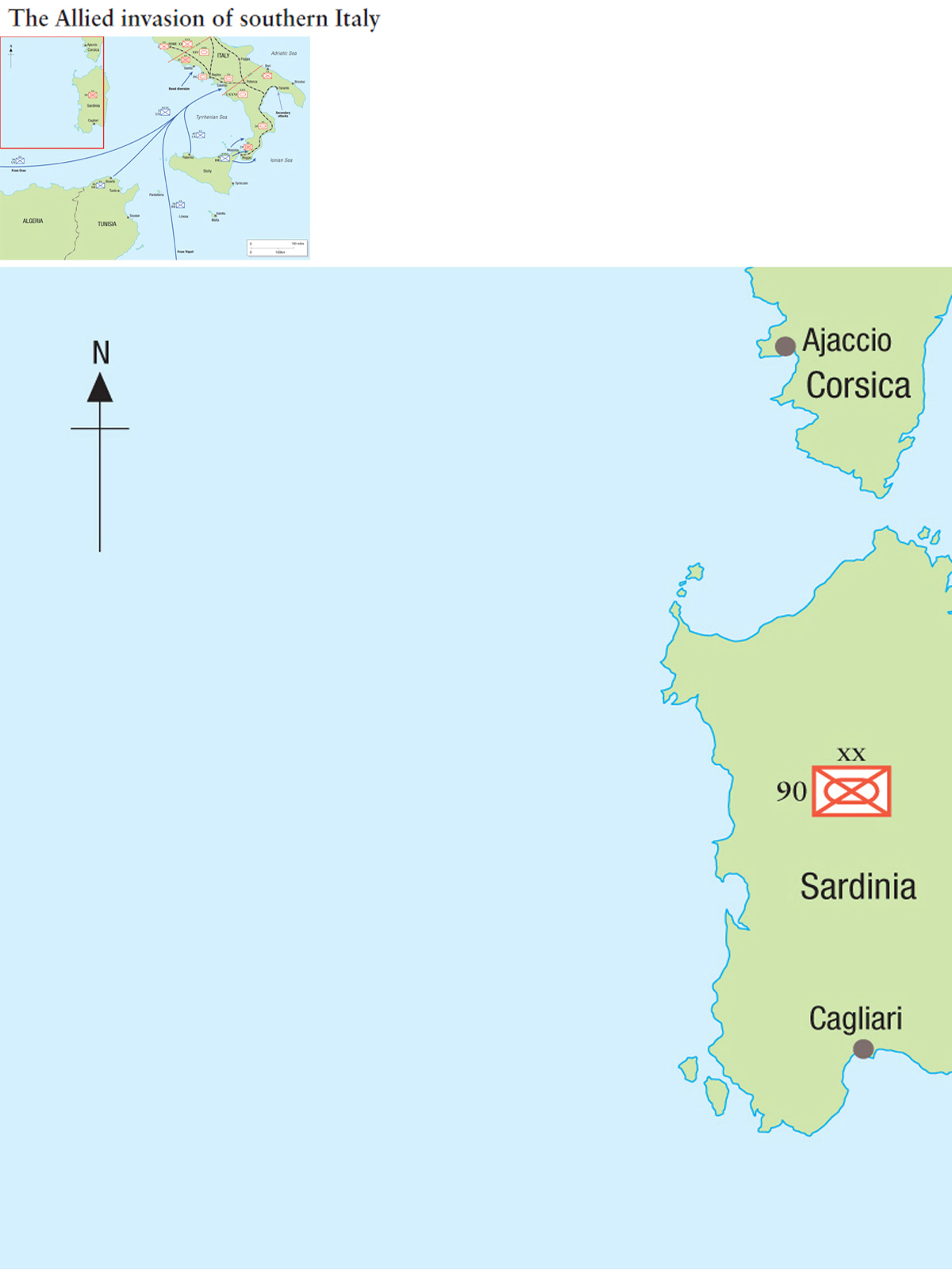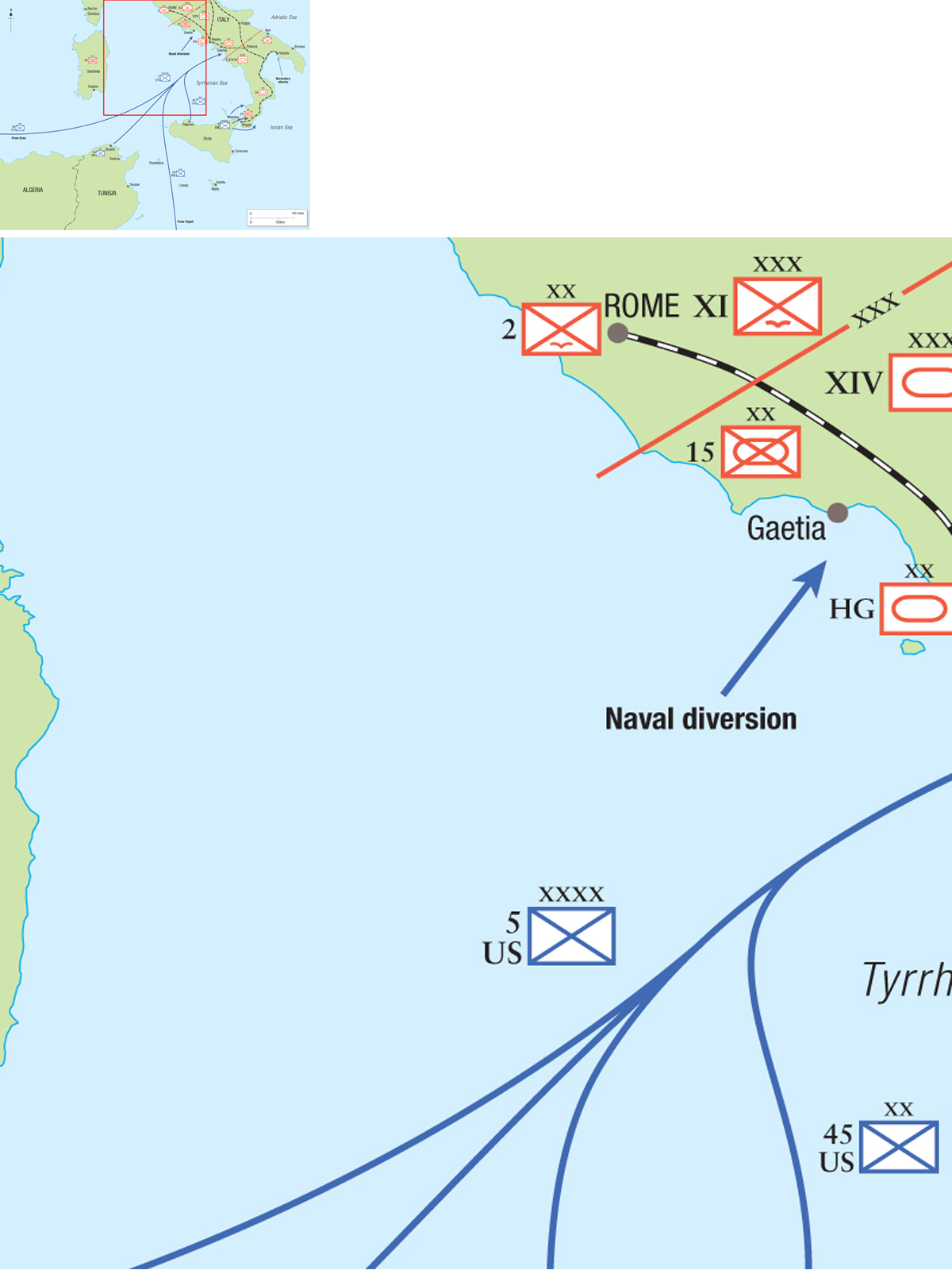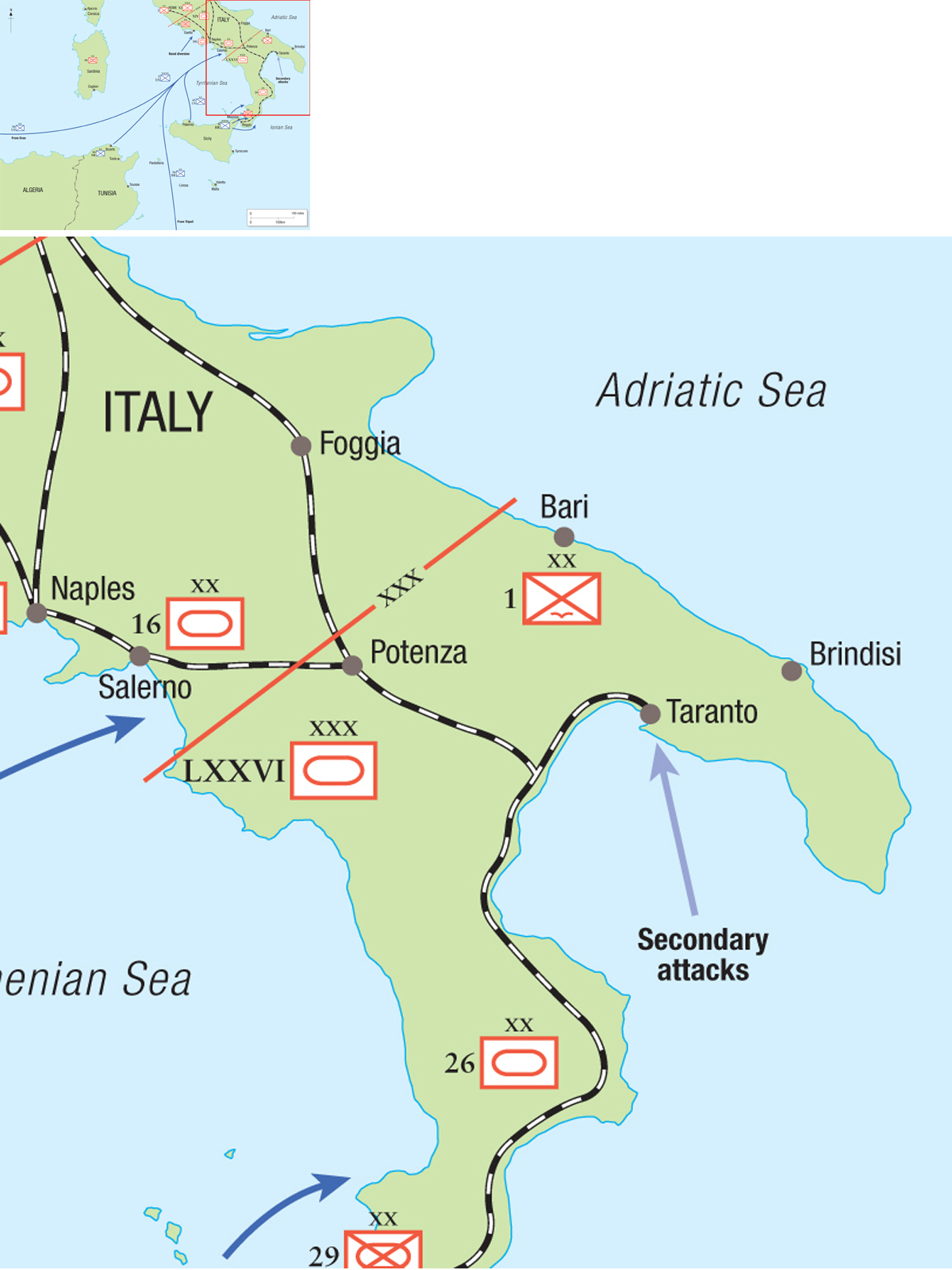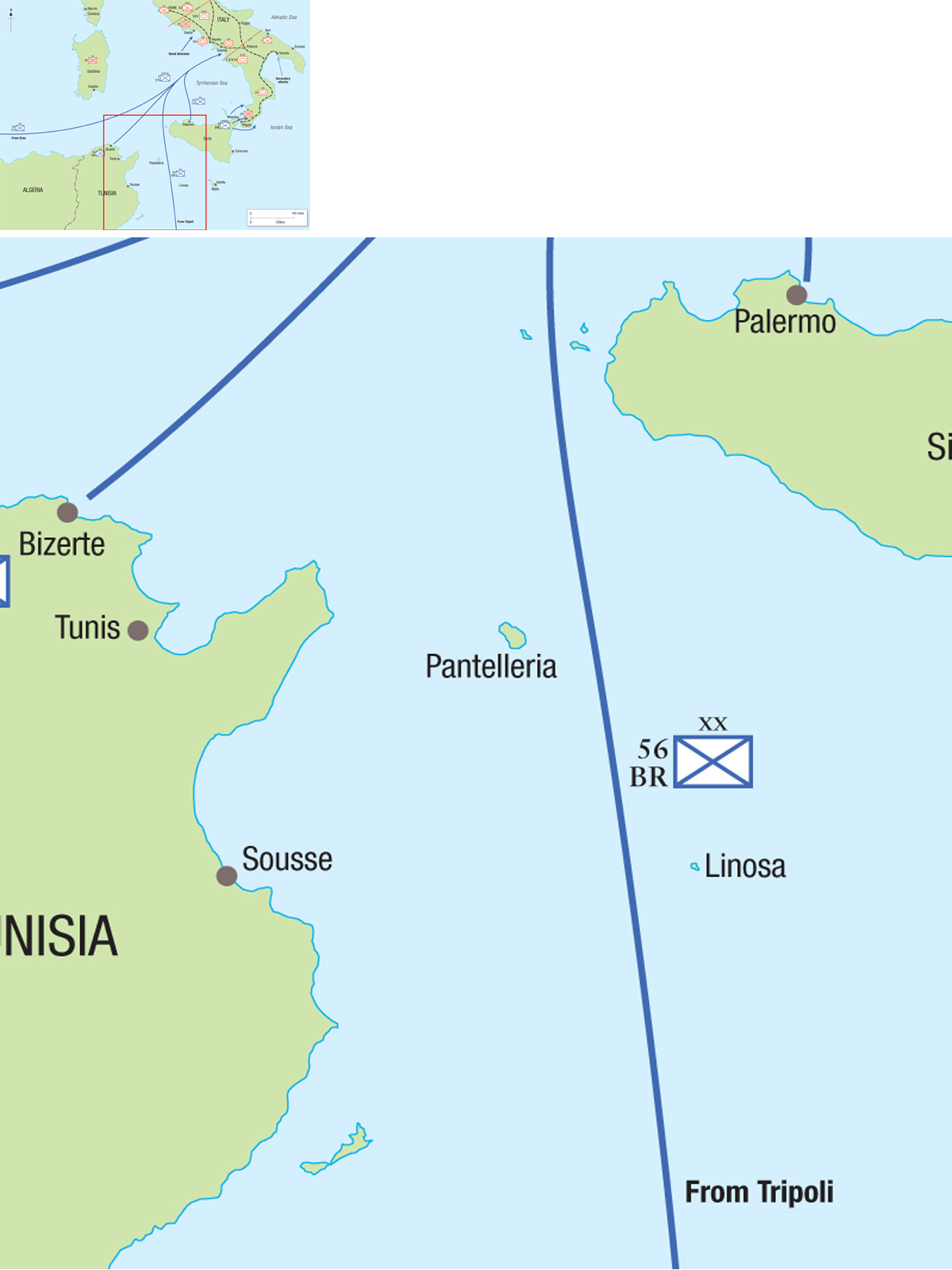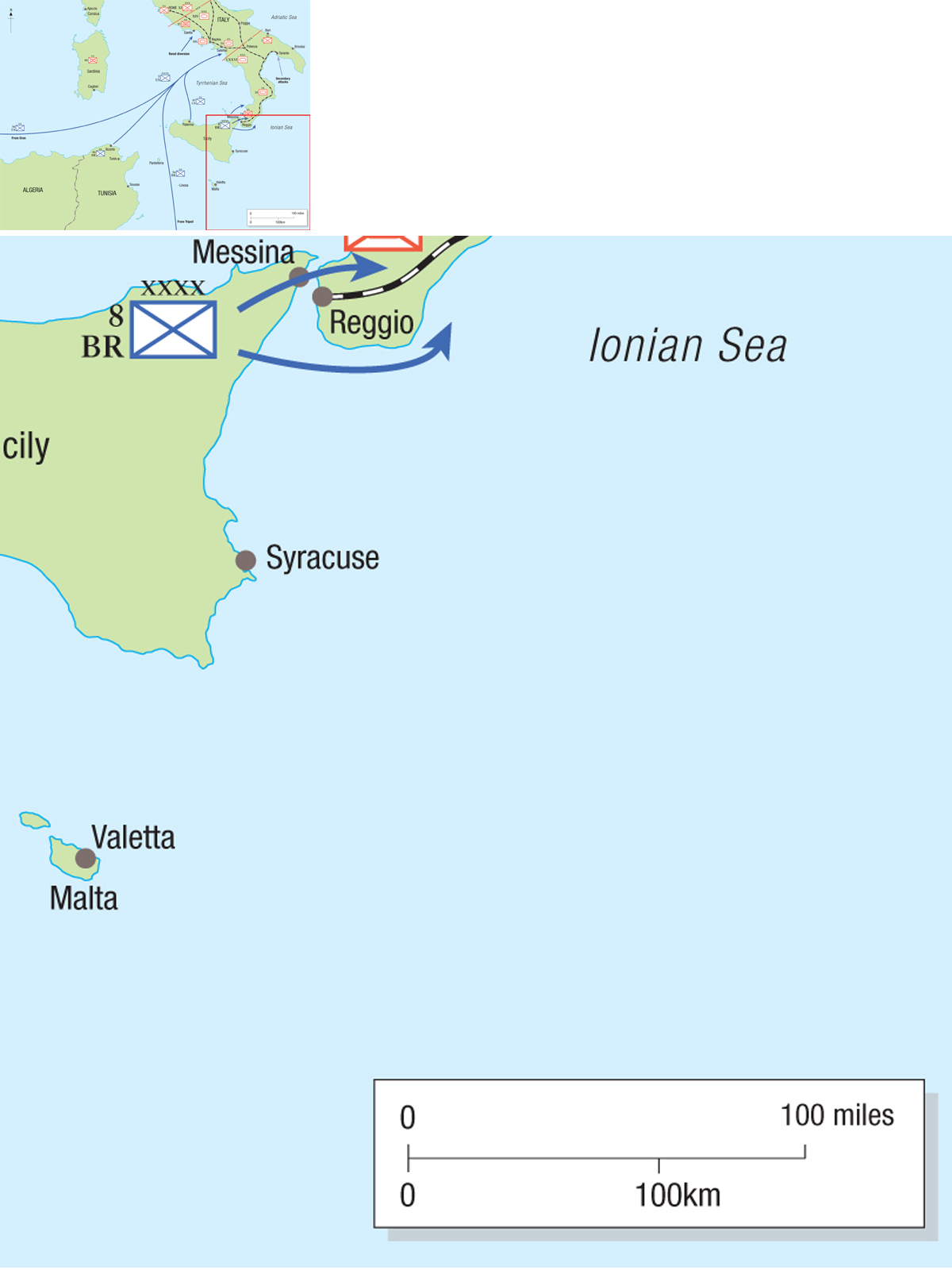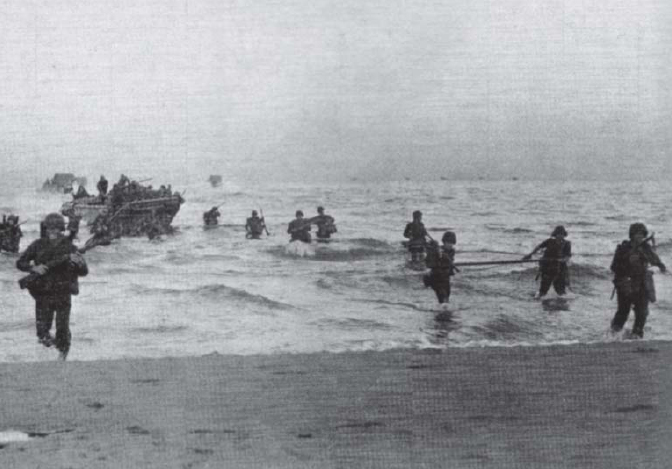Angus Konstam - Salerno 1943: The Allies invade southern Italy
Here you can read online Angus Konstam - Salerno 1943: The Allies invade southern Italy full text of the book (entire story) in english for free. Download pdf and epub, get meaning, cover and reviews about this ebook. year: 2013, publisher: Osprey Publishing, genre: History. Description of the work, (preface) as well as reviews are available. Best literature library LitArk.com created for fans of good reading and offers a wide selection of genres:
Romance novel
Science fiction
Adventure
Detective
Science
History
Home and family
Prose
Art
Politics
Computer
Non-fiction
Religion
Business
Children
Humor
Choose a favorite category and find really read worthwhile books. Enjoy immersion in the world of imagination, feel the emotions of the characters or learn something new for yourself, make an fascinating discovery.
- Book:Salerno 1943: The Allies invade southern Italy
- Author:
- Publisher:Osprey Publishing
- Genre:
- Year:2013
- Rating:4 / 5
- Favourites:Add to favourites
- Your mark:
Salerno 1943: The Allies invade southern Italy: summary, description and annotation
We offer to read an annotation, description, summary or preface (depends on what the author of the book "Salerno 1943: The Allies invade southern Italy" wrote himself). If you haven't found the necessary information about the book — write in the comments, we will try to find it.
Over 80,000 British and American soldiers waded ashore at Salerno, and after bitter fighting they managed to establish a narrow and vulnerable bridgehead. The British enclave near Salerno was separated from the American sector around Paestum by a river, and German-held strongpoints. All attempts to link up the two parts of the bridgehead were thwarted by the German defenders, who were being reinforced faster than the Allies. Then the Americans were nearly flung back into the sea by a ferocious German counterattack, as the German commander on the spot used his veteran armour and Panzergrenadiers to deadly effect. Although driven back towards the beach, the Americans rallied and grimly held on, and the crisis passed.
The ferocious ten-day battle at Salerno was eventually decided by a combination of Allied reinforcements, and secondary landings in support of the beleaguered Salerno bridgehead. The battle for Salerno changed the course of the campaign - by its end it was clear that wherever possible the Germans were going to fight for every inch of ground in Italy, and the campaign was not going to be the easy victory the Allied commanders had hoped.
Using documentary records, memoirs and eyewitness accounts from all sides, Angus Konstam recreates the battle day by day, hour by hour. His methodically researched account offers a fresh perspective on a decisive battle that has largely been neglected by British and American historians in recent years.
Angus Konstam: author's other books
Who wrote Salerno 1943: The Allies invade southern Italy? Find out the surname, the name of the author of the book and a list of all author's works by series.

